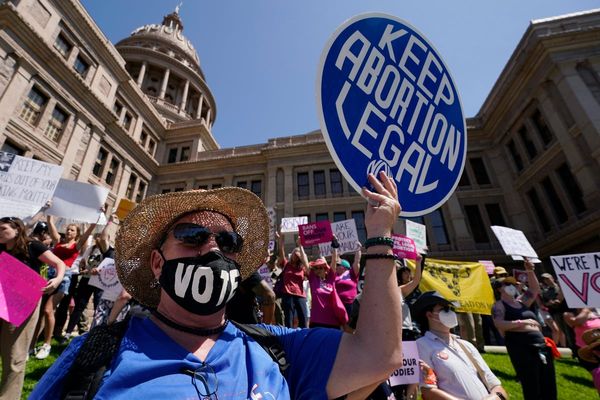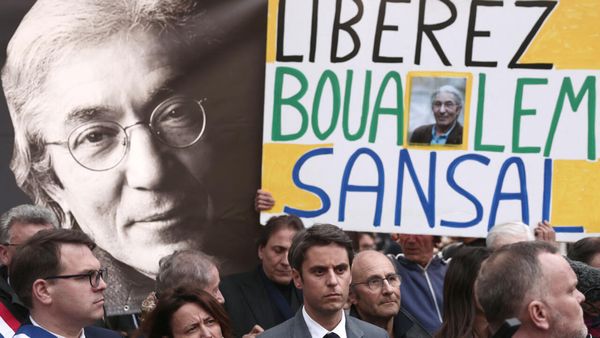A month and a half after a gunman killed 19 students and two teachers at an Uvalde, Texas, elementary school, President Joe Biden has signed a groundbreaking — if modest — gun control bill. With gun violence now the leading cause of death of children and teenagers, the law has been rightly praised for breaking decades of deadlock on gun legislation.
The new law will expand mental health services in community behavioral health centers and schools throughout the country, something long sought by mental health and education advocates. It will enhance background checks for those under 21 years old, tighten the “boyfriend loophole” to make it harder for people with histories of domestic violence to own guns and give more federal funding to states that voluntarily adopt “red flag” laws, which restrict potentially dangerous people from buying guns. And more gun sellers will now be required to register as federally licensed firearms dealers, a move that will hopefully decrease gun trafficking.
These provisions are a floor, not ceiling, for what’s really needed. And they were worth passing. But there’s one provision that could cause more harm than good.
The bill also puts $300 million toward “school safety,” a vague term that advocates understand to mean “hardening” the nation’s schools. Hardening measures can include everything from stationing more police officers on campus to making expensive investments in gimmicky infrastructure like bulletproof whiteboards.
At best, these investments waste school funding on bad services. At worst, they militarize schools and make them less safe for students. A 2021 study found that while police officers in schools — known euphemistically as School Resource Officers, or SROs — were able to reduce some forms of violence, they did not prove effective in preventing school shootings or gun-related incidents at schools. On-site officers notably failed to prevent the school massacres in Parkland, Florida, and Uvalde, among many others.
Instead, evidence shows that the presence of SROs is actually harmful to many students. One study found that although students generally saw police on their campus as capable of protecting them, overall interactions with SROs lead to students feeling a heightened sense of danger in schools.
We also know that the presence of SROs increases the likelihood that students will be arrested, suspended and referred to the police for ordinary school disciplinary issues. Black students and students with disabilities have been especially impacted by what’s often called the “school to prison pipeline.” These arrests can have lifelong consequences.
Many other standard safety measures, like lockdown drills, are also of limited help. Since most school shooters are students, former students or people authorized to be in the building, they are often familiar enough with the school and lockdown procedures to evade them. And there is simply no tested evidence that other expensive “school-hardening” gimmicks work either.
Yet as of the most recent estimates, nearly $3 billion is being spent annually on school security measures across the country, even without proven evidence that they promote safety. And, according to expert John Woodrow Cox, this price tag doesn’t include the likely billions more spent on SROs. Instead of keeping assault weapons out of the hands of potential shooters, measures like these attempt to keep shooters out of schools — without evidence to suggest that this approach actually works.
If we are serious about keeping children safe, lawmakers should heed the dozens of school districts across the country that have begun decreasing their reliance on police in schools. Rather than increase policing, we should focus on increasing resources for social and emotional learning, restorative practices, social workers and nurses.
That would keep the focus where it belongs: on protecting our children.
____
ABOUT THE WRITERS
Karen Dolan directs the Criminalization of Race and Poverty project at the Institute for Policy Studies. She’s the lead author of the IPS reports Reimagining School Safety and Students Under Siege. Chase Brown is a Next Leader at the Institute for Policy Studies. This column was produced by Progressive Perspectives, which is run by The Progressive magazine and distributed by Tribune News Service.







